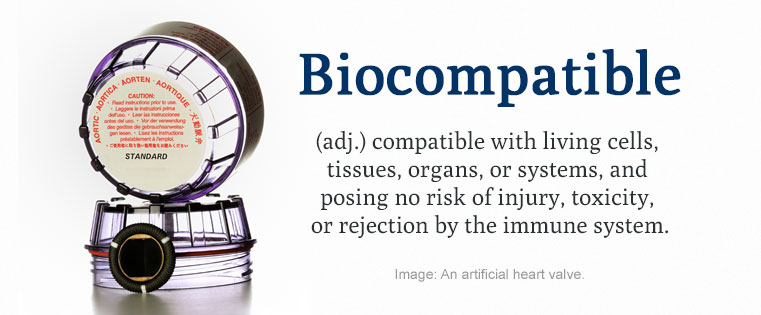1 min read

To save time and postage, please sign up for customer paperless invoicing, payments, and vendor payments.
Customers click here
Vendors click here
To request compliance documentation click here.

The growth of plastics in medical devices is growing exponentially around the world. Plastics are regulated like any other materials that may come in contact with human tissue or fluids and that usually falls under testing procedures issued under USP or ISO10993.
There are three time scales for biocompatible devices:
When determining biocompatibility, devices are categorized as follows:
Testing of these devices includes mechanical, thermal, chemical tests as well as systemic injection, intracutaneous and implantation. All of these must be done before a plastic component can be approved.
Typical materials for biocompatible applications include medical grades of PVC and Polyethylene, PEEK, Polycarbonate, Ultem PEI, Polysulfone, Polypropylene and Polyurethane.
For more specific information on biocompatible materials as well as special plasma preparation treatments of all of these materials, contact our experts.